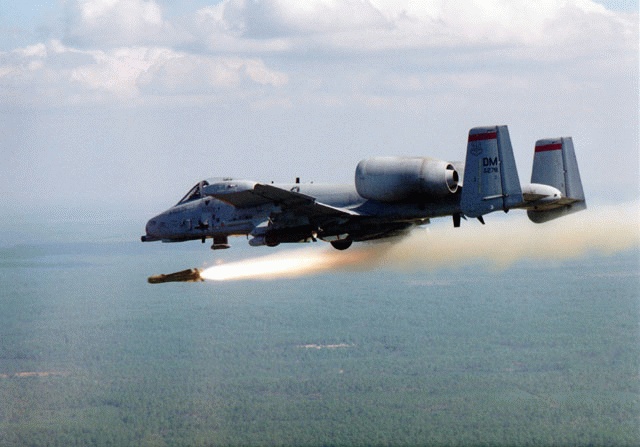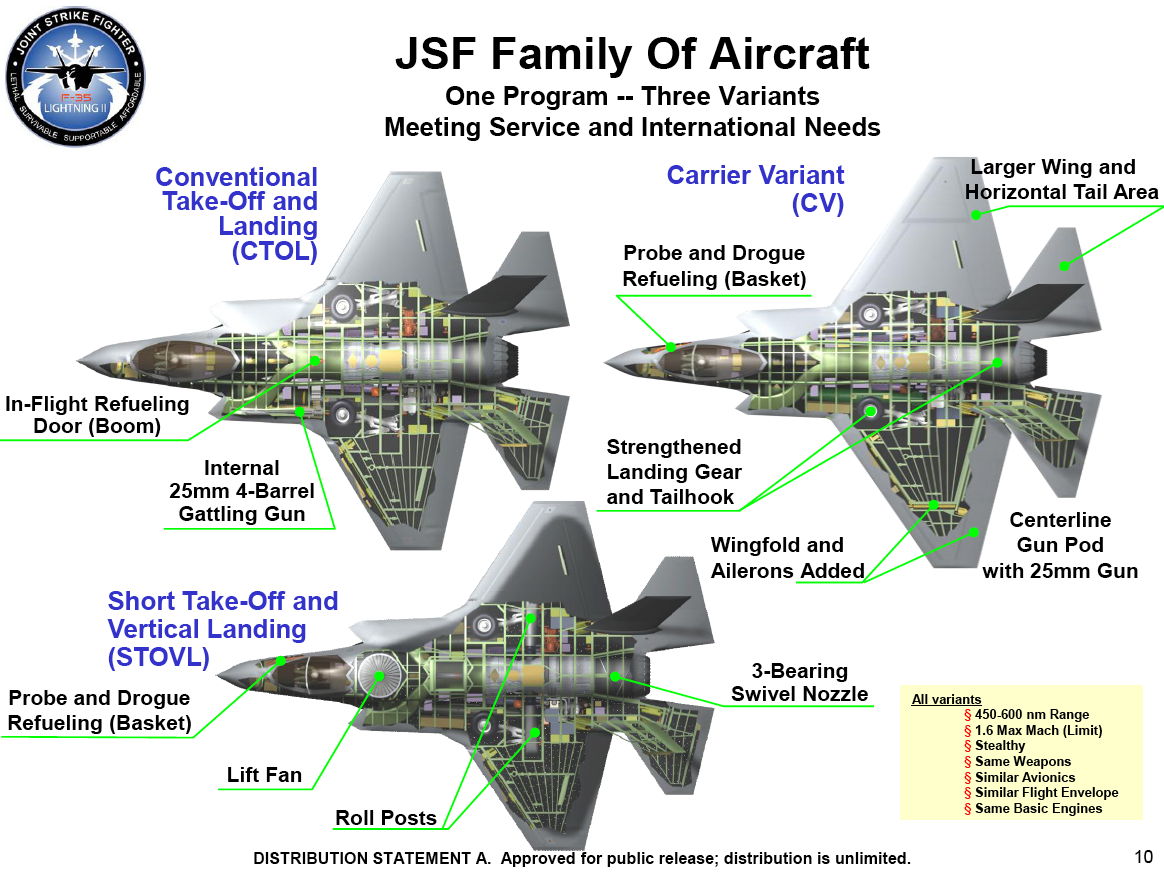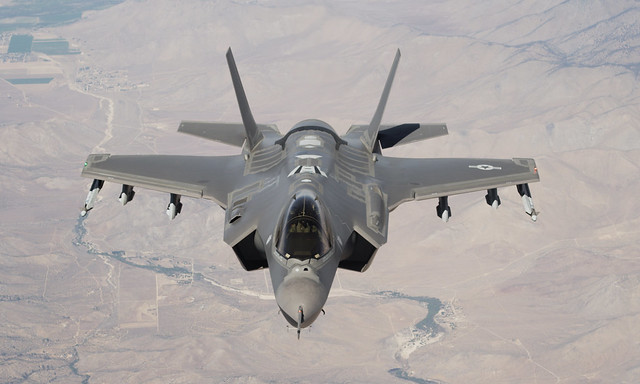Is the A-10 Wartog about to be retired?
For decades, the A-10 Thunderbolt II has been the favorite jet at airshows and grunts on the ground.
It’s slow. It’s ugly. But, it’s effective. A flying tank.
US Air Force officials have confirmed they are looking at complete cuts of entire fleets of aircraft because of tightening budgets. Single-purpose mission planes are at the top of the list, putting the A-10 right in the cross-hairs. The A-10 has almost exclusively been used for close-air support since it was introduced in 1977.
A vertical cut: Several USAF officials have confirmed the A-10 is a likely target for eliminating an aircraft fleet under continued budget pressure. Removing the entire fleet instead of continuing to retire squadrons, called a “vertical cut” is more likely to save money in the long term because it also removes the infrastructure behind the jet. “You only gain major savings if you cut an entire fleet,” Welsh said. “You can cut an aircraft from a fleet, but you save a lot more money if you cut all the infrastructure that supports the fleet.”

Air Combat Command has planned for the possibility of divesting the entire A-10 fleet by 2015, according to an internal ACC slide outlining future fighter force structure. The ACC plan also calls for retirements of some, but not all, F-15s and F-16s as the service obtains more F-35s.
ACC Commander Gen. Mike Hostage said he talked to Army leaders about the prospect of cutting the entire Thunderbolt II fleet, a decision that isn’t likely to be popular with ground troops who rely on close-air support and hold the A-10 in high regard.
Even the A-10’s success at close-air support during more than a decade of war may not be enough to save it. It is slow, it is not stealthy and it cannot easily protect itself from surface-to-air missiles. With a smaller force, the Air Force needs planes that handle multiple roles and work in a non-permissive environment, Welsh said.
Targeting the Guard
Eliminating the A-10 fleet is likely to face a tough road in the US Congress. Lawmakers are speaking out against it, though it has not been officially proposed. ““It’s kind of a disarming of America that bothers me a great deal,” said Sen. James Inhofe, R-Okla., at a Sept. 19 Senate Armed Services Committee hearing.
The Air National Guard flies 107 A-10s and will face the closure of several squadrons if it loses its A-10s. Congress has blocked cuts to protect flying missions in their home states in previous years, but Guard officials seem resigned to letting the A-10s go in exchange for a new mission, such as cyber warfare or remotely piloted aircraft.

Lt. Gen. Stanley Clarke, the director of the Air National Guard, spent seven years of his Air Force career flying the A-10, including as an instructor pilot at the Air Force’s weapons school. But despite his experience in the jet, it may be time for it to go because of the future threats the Air Force will face.
“It is highly effective,” Clarke said.” But you have to operate in a fairly permissive environment. We’ve been somewhat fortunate that the ground threats we faced in Iraq and Afghanistan aren’t the same than even what we faced in southeast Asia. ... It’s not important to get an aircraft to a target. It’s important to get the munitions to the target, to get the sensor to the target.”
The coming replacement?


The F-35A is expected to be the next era of close-air support, along with the other roles the fighter is tasked with taking on. The Defense Department expects to field more than 1,700 of the jets with the planned initial operating capability in summer 2016.
The A-10 flew at an operational cost per flying hour of $17,564 in 2012, which is cheaper than each of the US Air Force’s other fighters. The next cheapest is the F-16, at $22,500. The F-35A’s sustainment affordability target will be double that of the A-10, at $35,200, according to the Government Accountability Office.
The F-35A will carry 18,000 pounds of ordnance in a non-stealth role, along with a GAU-12 Equalizer internal gun, capable of firing up to 4,200 rounds per minute. But it will only be able to carry 180 rounds.
By comparison, the A-10 can carry up to 16,000 pounds of ordnance. But the A-10’s most impressive feature is its gun, the General Electric GAU-8 Avenger .30 mm cannon that can carry 1,170 rounds.

Its place in the fight
For the guys on the ground, especially the joint terminal attack controllers who coordinate with aircraft for close air support, sending all A-10s to the boneyard seems “ridiculous” while U.S. troops are still on the ground in Afghanistan, said Charlie Keebaugh, a retired tactical air control party airman and president of the TACP Association.The jet is also much more capable at spending more time on the target and being able to spot the enemy, because of its slow speed.
Air Force officials are quick to point out, however, that while the A-10 is famous for its close-air support prowess, it isn’t the only jet that supports ground troops.
“People seem to assume that 100 percent of the close-air support being done in Afghanistan today is being done by the A-10,” Welsh said at a Sept. 18 House Armed Services Committee hearing. “That’s not even close to the truth. It’s actually a small percentage of the close-air support that’s being done by many, many other platforms.”
Mission capable
The Air Force currently flies 326 A-10Cs, with an average age of just over 32 years. In fiscal 2013, the jet flew at a 75 percent mission capable rate — the highest in the past five years. The rate at which the aircraft is fixed within 12 hours is 71 percent , the third highest in the Air Force behind the EC-130H Compass Call and MQ-1B Predator.The A-10’s mission capable rate is higher than the fighter fleet, except for the F-15E Strike Eagle. No mission capable rates were released for the F-35A because the initial operating capability is still three years away.
Last year, the US Air Force flew 348 of the A-10s, but the service this year closed the Reserve 917th Fighter Group at Barksdale Air Force Base, La., and the active-duty 81st Fighter Squadron at Spangdahlem Air Base, Germany. The 188th Fighter Wing at Fort Smith, Ark., began retiring its A-10s this month.
The Air Force tried to shut down more A-10 squadrons in its fiscal 2013 budget proposal. The goal was to retire 102 jets. However, Congress worked to protect the A-10s assigned to the 122nd Fighter Wing at Fort Wayne, Ind., and the 127th Wing at Selfridge Air National Guard Base, Mich. While the fiscal 2014 budget has not been released, Air Force officials have repeatedly said cuts are coming, and that more A-10s would likely be decommissioned even if some of the fleet is spared.
In 2010, Boeing Co. began assembling replacement wings for the A-10, with the total contract worth up to $2 billion. Work is expected to continue through 2018, with the most recent order of $212 million placed on Sept. 4. Boeing says the upgrade will help the A-10 improve its mission availability by 4 percent and save the service an estimated $1.3 billion in maintenance for the next 30 years.
And pilots assigned to the 74th Fighter Squadron at Moody Air Force Base, Ga., earlier this year became the first to fly with a new helmet, featuring a Helmet Mounted Cueing System. The system, the product of a $12.6 million contract with Raytheon, features a full-color display and includes optical motion tracking, head-steered weapons, day and night capability and can be attached to older helmets.
No comments:
Post a Comment